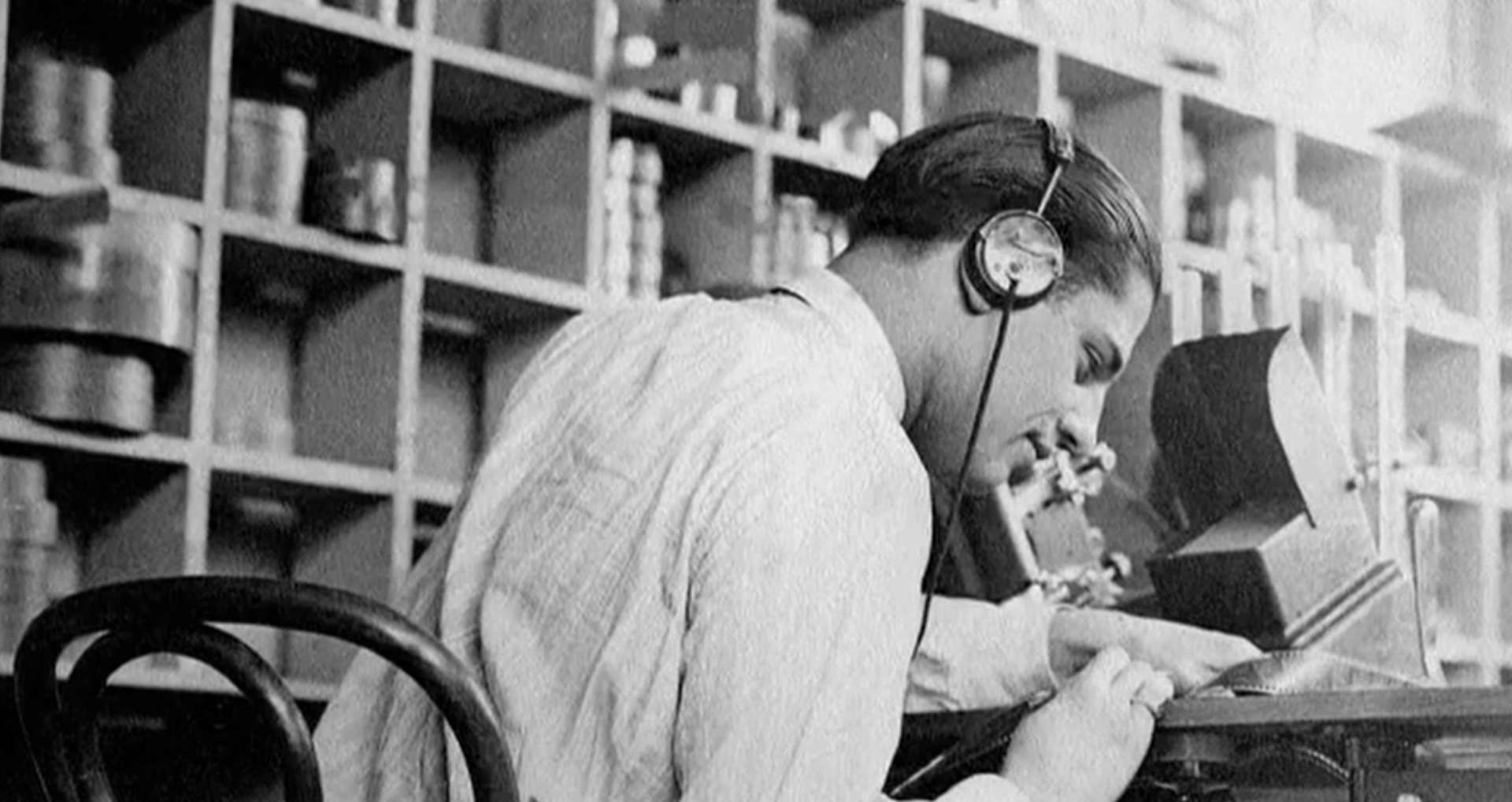In the last few decades, Romani self-representation in films has become more frequent. Not only are Romani directors, producers and writers engaged in various film genres, but the quality of their films has also been acclaimed by international awards in film festivals. There are thirty-five films in the RomArchive (with an additional thirty-five works accessible via the internal archive), in conjunction with biographies of the directors and synopses adapted to the concept of the film section. The films were selected based on how closely they achieved the portrayal of Roma communities and Roma characters, and on whether they understand the culture, language, traditions, myths and everyday living conditions of Roma. The film collection is divided into three (interconnected) categories: ‘Roots’, ‘Roles’ and ‘Breaking with the Past/Revolution’.
Curated by Katalin Bársony


Katalin Bársony | Different Angle - The RomArchive Film Section in the making | Non Fiction | Hungary | 2018-02 | fil_00655 Rights held by: Katalin Bársony | Licensed by: Romedia Foundation | Licensed under: CC-BY-NC-ND 4.0 International | Provided by: Romedia Foundation (Budapest/Hungary)
The timeframe of the selected films begins in the 1970s, as this was an important period when Romani authors in the film industry started to transform the previously exoticised portrayal of Romani characters in cinema. In our assessment of Romani self-representation in film, we emphasise (1) the importance of counter-narratives in challenging the still dominant Roma stereotypes which are common in film, (2) the power of images to subvert negative and cliché Roma representations and (3) the responsibility of the filmmaker in contributing to a change in how Roma are depicted on screen.
Three agents involved in film production and distribution can be identified: the creatives who are responsible for the production of the film, the filmed subject and the audience. None of these agents has the power to control meaning, which is instead the subject of negotiation between these three agents. Our aim is to foster this negotiation by recontextualising Roma representations within film, revealing hidden power relations behind their production. The collection of films invites the viewer to participate in the political space that is created by these images.



